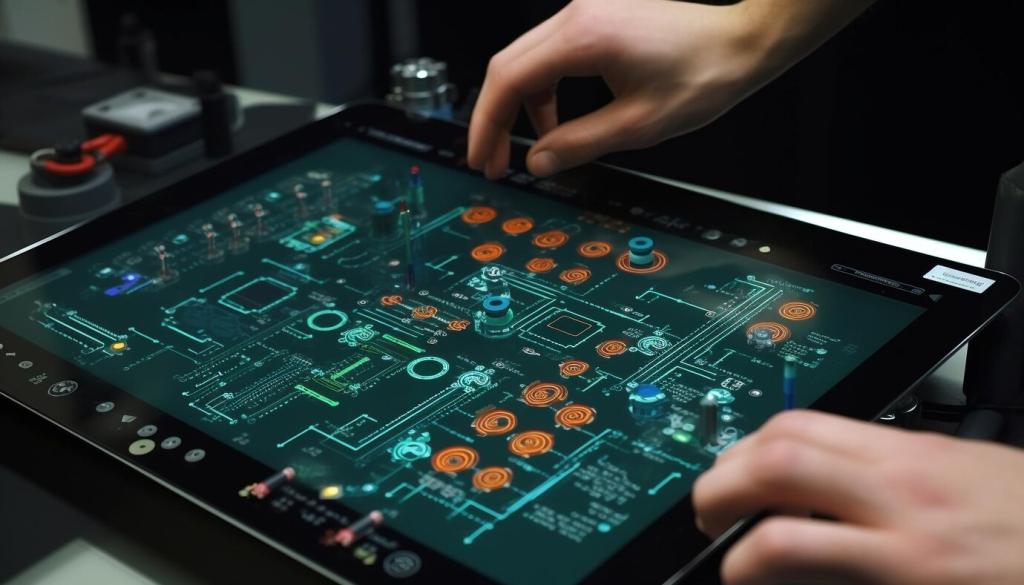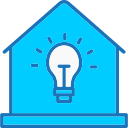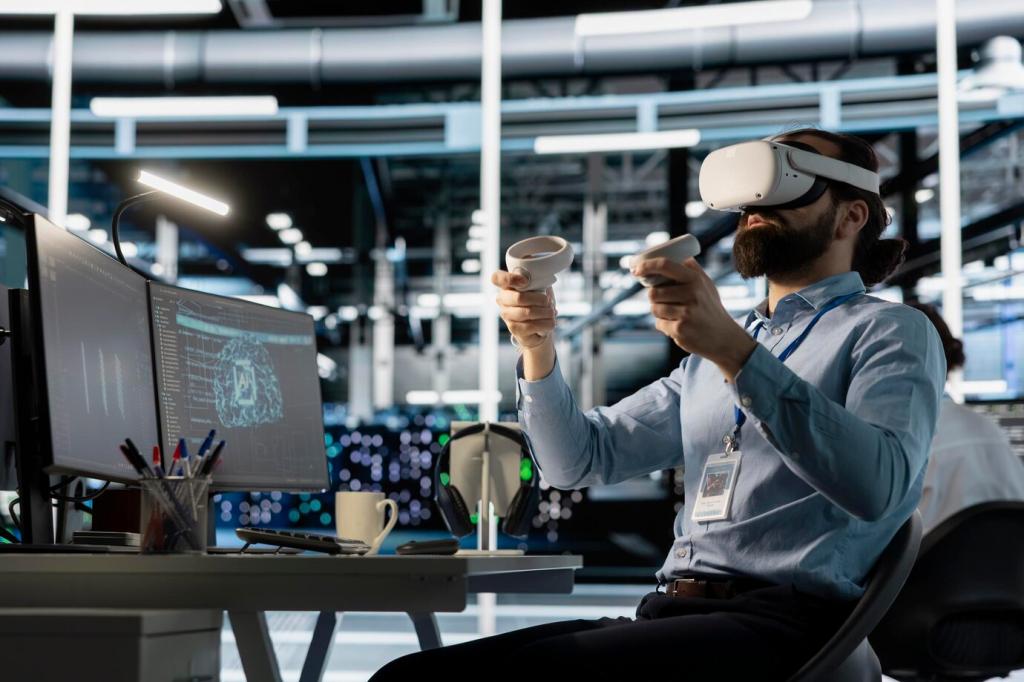
Advancements in Smart Home Devices
The world of smart home devices has transformed the way people interact with their living environments. Continuous advancements in technology have not only increased convenience and comfort but have also revolutionized home safety, energy efficiency, and personal well-being. As artificial intelligence, Internet of Things (IoT), and connectivity standards progress, the smart home is becoming more intuitive, personalized, and proactive. This page explores some of the most significant advancements in smart home devices, from emerging trends to breakthroughs in automation and integration, highlighting how innovation is shaping the future of domestic life.
The Rise of Artificial Intelligence in Smart Homes
Intelligent Virtual Assistants
Intelligent virtual assistants have evolved far beyond simple voice recognition. Modern assistants are powered by advanced AI, which allows them to understand context, anticipate needs, and act proactively. These assistants can manage household schedules, control connected devices, and even provide real-time updates on news, weather, and appointments. Over time, they learn user preferences, adjusting their suggestions and actions to personalize interactions, thus creating a seamless and responsive smart home ecosystem.
Adaptive Learning Systems
Adaptive learning systems utilize AI to analyze data from various smart devices and adjust their functioning according to user behavior. For example, smart thermostats learn temperature preferences for different times of day, while lighting systems gradually adapt to household routines. Such systems can identify patterns, predict actions, and automatically optimize settings for comfort, efficiency, and security. The result is a home environment that evolves alongside its occupants, responding to their needs without manual intervention.
Predictive Maintenance and Diagnostics
Another vital application of AI in smart homes is predictive maintenance and diagnostics. Devices equipped with AI-driven sensors monitor their own performance and lifecycles, detecting anomalies before they become problematic. For example, a smart washing machine could alert homeowners of an impending mechanical issue, or suggest maintenance steps based on usage patterns. This advancement increases efficiency, reduces downtime, and extends the lifespan of household appliances, saving money and minimizing inconvenience.
Previous slide
Next slide
Improved Energy Efficiency and Resource Management
Smart Thermostats and Climate Control
Smart thermostats have redefined how people manage indoor climate. These devices learn household patterns, adapt to seasonal changes, and even factor in real-time weather data to optimize energy usage. With remote control capabilities and AI-driven schedules, homeowners can reduce unnecessary heating and cooling, leading to lower utility bills and a smaller carbon footprint. Some systems even integrate with utility providers to adjust consumption based on peak demand periods, further maximizing sustainability.
Automated Lighting Systems
Automated lighting systems are another significant advancement in energy conservation. These systems can be programmed or automatically adjusted based on occupancy, natural light levels, or user behavior. By dimming lights when not needed or switching them off in unoccupied rooms, they prevent energy wastage. Integrating lighting control into the broader ecosystem allows for sophisticated scenarios, ensuring an ambiance that is both energy-efficient and customized for every occasion.
Water Usage Monitoring and Leak Detection
Water usage monitoring and leak detection have been transformed by smart home technology. With sensors installed throughout a house, these systems track consumption patterns and alert homeowners to leaks or excessive use. Early detection means issues can be addressed before they cause structural damage or wasted resources. Some advanced systems can even shut off water supply automatically to prevent flooding, combining convenience with significant environmental and financial benefits.
Seamless Device Integration and Interoperability
Universal smart home hubs are central to managing complex environments where multiple devices from different brands coexist. These hubs serve as the command center, coordinating communication and ensuring that lighting, climate control, security, and entertainment systems operate in harmony. Enhanced protocols and wider compatibility mean users are less likely to face frustrations related to device incompatibility, making the smart home experience more streamlined and intuitive.
Cross-platform compatibility is another pivotal advancement, allowing devices to integrate regardless of underlying software or manufacturer. Open standards like Matter and Zigbee have enabled products from different companies to communicate with one another seamlessly. This means homeowners can mix and match their preferred devices, such as speakers, thermostats, and locks, with confidence that they will function cohesively—reducing the silos that previously limited smart home ecosystems.
Developers have responded to consumer demands for simplicity by building unified control interfaces. These interfaces, accessible via smartphones, tablets, or dedicated displays, provide a single access point for managing the entire smart home environment. Users can create automations, monitor device status, and receive alerts in real-time, all through a centralized dashboard. This not only enhances convenience, but also encourages wider adoption by reducing the learning curve for new users.
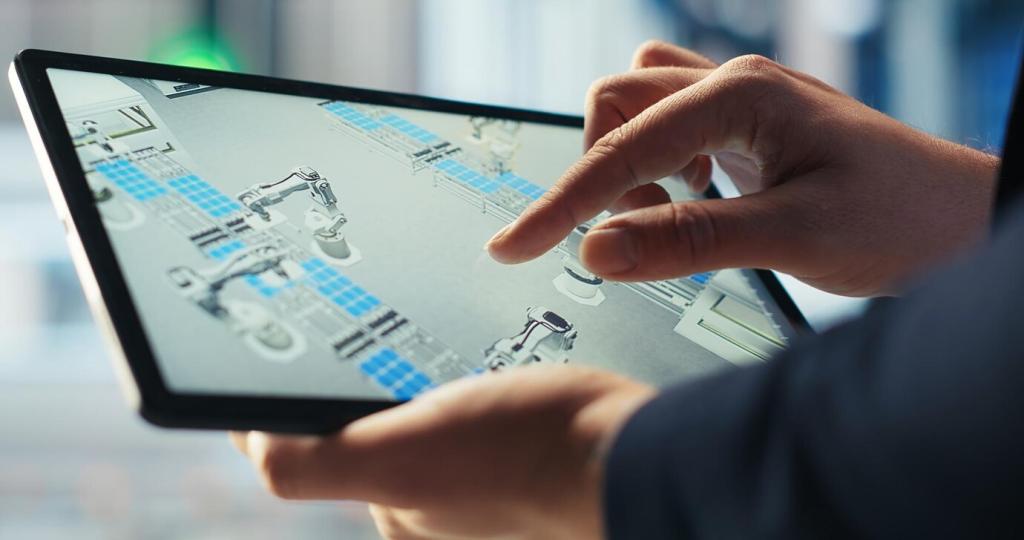
Air Quality Monitoring and Purification
Indoor air quality is critical for health, and smart home devices have dramatically improved monitoring and remediation capabilities. Advanced sensors continually assess levels of pollutants such as volatile organic compounds, particulate matter, and carbon dioxide. When poor air quality is detected, the system can activate purifiers, humidifiers, or ventilation systems. These innovations provide peace of mind and help families avoid long-term health risks by maintaining clean and healthy indoor environments.

Smart Sleep Solutions
Smart sleep solutions have taken sleep health to new heights. Devices such as smart mattresses, sleep trackers, and automated lighting combine data from multiple sources to optimize rest conditions. They monitor sleep cycles, adjust room temperature, and gently wake users at the optimal moment in their sleep phase. Insights and recommendations provided by these systems can help users identify routines or environmental factors that impact their rest, leading to improved sleep quality and overall well-being.
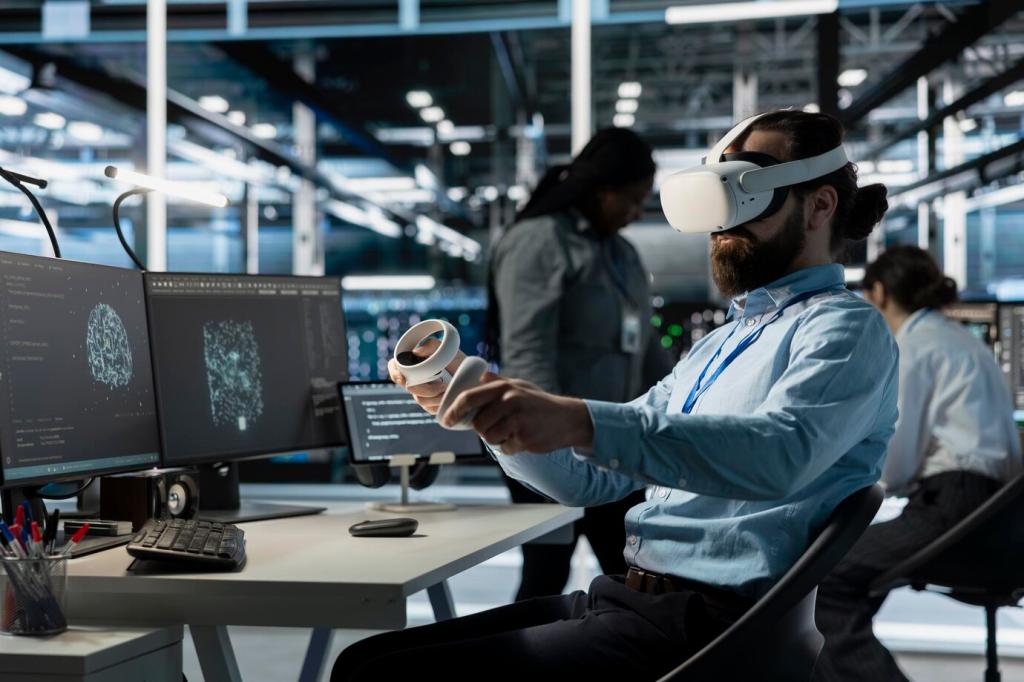
Personal Health and Fitness Monitoring
Personal health and fitness monitoring has become integral to the modern smart home. Wearable devices, integrated bathroom scales, and connected kitchen appliances collect data on activity, nutrition, and biometrics. Analysis of this data can support fitness goals, guide nutrition choices, and even detect early signs of illness. Connected to voice assistants or mobile apps, these systems offer tailored feedback and reminders, fostering a proactive approach to health management within the home.
Natural Language Processing Advancements
Natural language processing (NLP) advancements have made voice control not only more reliable but also far more versatile. Modern voice assistants can interpret complex commands, respond to multiple languages, and even understand regional dialects and accents. As a result, users can interact with their smart home devices conversationally, issuing nuanced instructions or engaging in multi-step dialogues for scheduling, reminders, or automations, bridging the gap between human intention and device functionality.
Gesture Recognition Technologies
Gesture recognition technologies use cameras, sensors, and AI algorithms to interpret user movements as device commands. Users can now control lighting, entertainment systems, and other smart devices with the wave of a hand or simple body movements—without physical touch or voice commands. This innovation not only adds a layer of convenience but also enhances accessibility for individuals with mobility or speech impairments, presenting a future of inclusive and intuitive home control.
Multi-Modal Interaction Experiences
The emergence of multi-modal interaction experiences combines voice, gesture, and traditional touch controls. Users have the flexibility to choose the interaction method that best fits their immediate context or preference, creating a more versatile and adaptive environment. Smart devices can now adapt to context—for example, responding to a voice command in a noisy environment with gesture recognition or vice versa—ensuring reliable control under any circumstances.
Connected cooking devices such as smart ovens, stovetops, and multicookers bring new levels of precision and flexibility to meal preparation. With remote monitoring, recipe guides, and automated adjustments for cooking times and temperatures, users can prepare complex dishes with confidence. Integration with voice assistants and mobile apps allows for real-time updates, reminders, and even the ability to pause or change settings on-the-fly, making cooking both easier and more enjoyable.
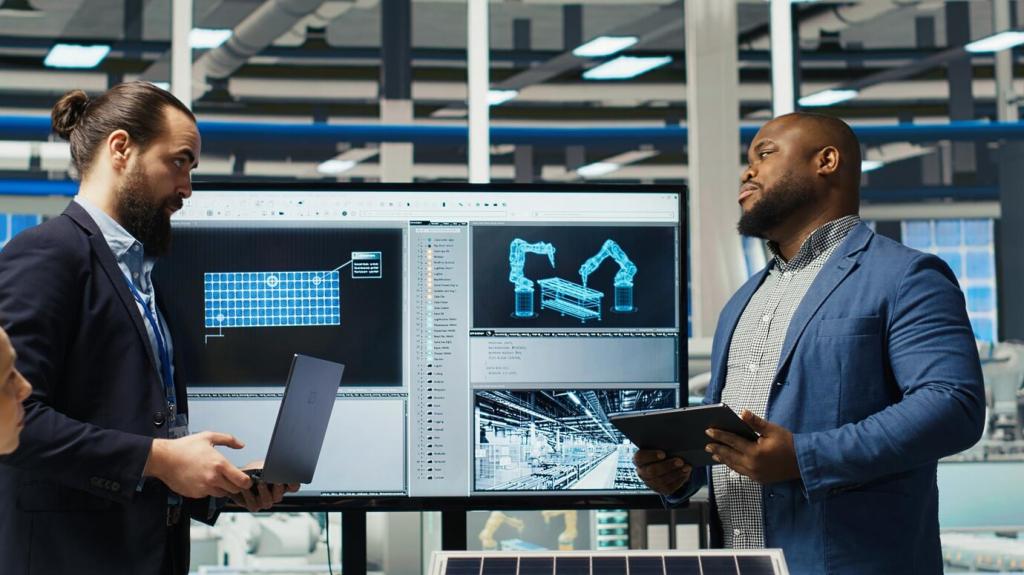
Entertainment, Immersion, and Atmosphere
Modern smart audio-visual systems have redefined home entertainment. Devices such as connected speakers, streaming hubs, and smart TVs provide seamless access to music, movies, and games. These systems can be configured for multi-room experiences, voice-controlled playback, and integration with lighting effects, offering a tailor-made atmosphere for movie nights or parties. Personalization features, such as individual user profiles and recommendations, ensure every member of the household enjoys their preferred content seamlessly.
